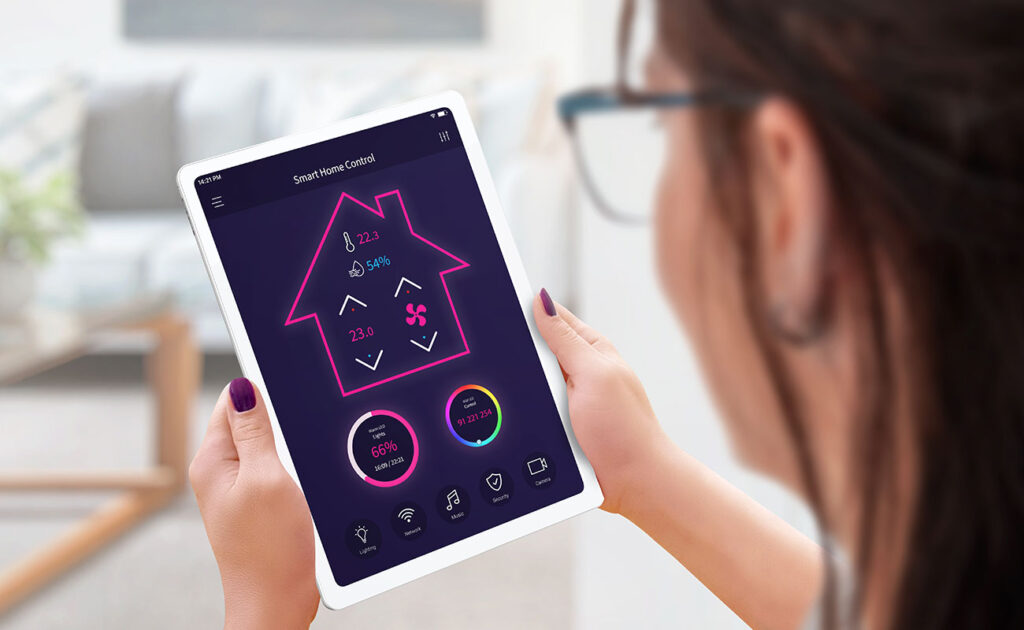Mark Zuckerberg is reshaping the future of technology with a bold yet practical vision: turning AI glasses into the central computing platform for “personal superintelligence.” At Meta Connect 2025, Meta’s CEO revealed not only breakthrough products but also the core philosophy behind the company’s AI revolution – from restructuring the AI lab with hundreds of billions of dollars in investment to creating devices that could change how we interact with the digital world.

AI Glasses: A Quantum Leap from Smartphone to Superintelligence
“Glasses are the perfect form factor for personal superintelligence because they allow you to maintain a sense of presence while having access to all AI capabilities to become smarter, communicate better, improve memory and senses.” This is not just Zuckerberg’s opinion but the foundation for the three AI glasses lines launched at Meta Connect 2025.
Ray-Ban Meta Gen 2: Comprehensive Improvement
A significantly upgraded version with double the battery life and 3K video recording capability. The most notable feature is “Conversation Focus” – an intelligent AI system that helps amplify the voice of the person opposite in noisy environments. According to Meta research, this technology can make “quiet voices easier to understand, even with loud music or clashing dishes.”
Oakley Meta Vanguards: For Athletes
Specially designed with a center-mounted camera to capture the perfect angle of view, water resistance, and direct integration with sports devices like Garmin watches. This turns training into a fully data-driven experience.
Ray-Ban Meta Display: The Biggest Breakthrough
This is Meta’s first display glasses with high-resolution 42 pixels per degree – sharper than any large headset and brightness up to 5,000 nits. More importantly, it integrates Meta Neural Band – a neural interface that allows control through ultra-small muscle gestures.
Meta Neural Band: The Neural Interface Revolution

The neural wristband uses electromyography (EMG) to read electrical signals from muscles before they create actual movement. With 18 hours of battery life and water resistance, this device allows:
- Silent control: Send messages, adjust volume without speaking aloud
- Subtle gestures: Pinch with index finger to select, middle finger to go back
- Air handwriting: Upcoming feature allows writing messages by “drawing” letters in the air
As Zuckerberg explains: “We’re replacing keyboards, mice, touchscreens, buttons with the ability to send signals from the brain with small muscle movements that the neural band can detect.”
Three Core Design Principles
Zuckerberg emphasized three principles shaping Meta’s AI glasses strategy:
- Product quality is the top priority: Before adding technology, the product must work well as regular glasses – beautiful, light, and comfortable
- Technology must hide itself: Appear when needed, disappear when not necessary
- Superintelligence is the core: Build with sensors needed for the future, allowing continuous software updates
The Meta Superintelligence Labs Revolution
After admitting Llama 4 “didn’t go in the right direction,” Zuckerberg implemented the largest overhaul in Meta’s AI history. Meta Superintelligence Labs was restructured into four specialized groups:
- TBD Lab: Focus on foundation models, led by Alexandr Wang
- Products Team: Develop Meta AI assistant and user tools
- Infrastructure Team: Build data centers and AI hardware
- FAIR Lab: Long-term research on basic AI
The Trillion-Dollar Talent War
Meta has spent hundreds of billions of dollars to build “the highest talent density in the industry.” Zuckerberg has:
- Directly recruited top researchers from OpenAI, Google, Anthropic
- Provided compensation packages up to 1.5 billion USD for some researchers, although many declined
- Invested 14.3 billion USD to acquire Alexandr Wang from Scale AI as Chief AI Officer
- Spent 29 billion USD on a new data center in Louisiana
As a former Meta AI employee shared: “They had the best people and lost them to OpenAI… This is Mark trying to get back the talent he lost.”
Vision of “Personal Superintelligence” vs “Centralized Automation”
In a letter announcing the vision in July 2025, Zuckerberg affirmed Meta believes in “personal superintelligence” instead of “centralized automation”:
“Meta’s vision is to bring personal superintelligence to everyone. We believe in empowering people so they can direct it toward what they value in their lives.”
“This differs from others in the industry who believe superintelligence should be centrally directed to automate all valuable work, and then humanity will live off subsidies from its output.”
Smart Glasses Are the Future
“Personal devices like glasses that can understand our context because they can see what we see, hear what we hear, and interact with us all day will become our primary computing device.”
Reality vs Ambition: Challenges
Despite the impressive vision, Meta still faces practical challenges:
Failed Demos at Connect 2025
Zuckerberg’s presentation encountered two major failures during live demos:
- LiveAI feature got confused and jumped around when giving cooking instructions
- WhatsApp video call didn’t work, forcing CTO Andrew Bosworth to come on stage to explain
Talent and Personnel Issues
Despite spending billions of dollars, Meta continues to lose talented people. An AI startup executive commented: “Meta is like the Washington Commanders of the tech world. They overpay mediocre AI scientists, making the public think these are the best people just because of their salaries.”
Business Impact and Prospects
Revenue and Investment
Meta reported revenue up 22% to 47.5 billion USD and profit up 36% in the recent quarter. The company expects costs to increase faster in 2026 due to infrastructure investment and recruitment.
Smart Glasses Market
EssilorLuxottica reported Meta glasses revenue tripled compared to last year, with a goal of producing 10 million pairs annually from 2026. Zuckerberg said the sales trajectory is similar to the most popular electronic devices of all time.
The Future of Computing
Mark Zuckerberg’s vision of personal superintelligence through AI glasses is not just about selling products, but building an entirely new computing platform. With three product lines from Meta Connect 2025, Meta Neural Band, and large-scale AI Labs restructuring, Meta is betting on a future where:
- Glasses gradually replace smartphones rather than immediately
- AI serves individuals rather than centralized automation
- Natural communication through neural interface rather than voice commands
- Technology hides itself to augment rather than replace human interaction
While many challenges remain regarding technical implementation and talent retention, this vision represents an important paradigm shift in how we think about the future of computing. As Zuckerberg believes, AI glasses can restore the sense of presence that smartphones have lost, while bringing the power of superintelligence to each individual.
The question is not whether this vision will become reality, but how fast and effectively Meta can implement it in the race against competitors like OpenAI, Google, and Apple.


